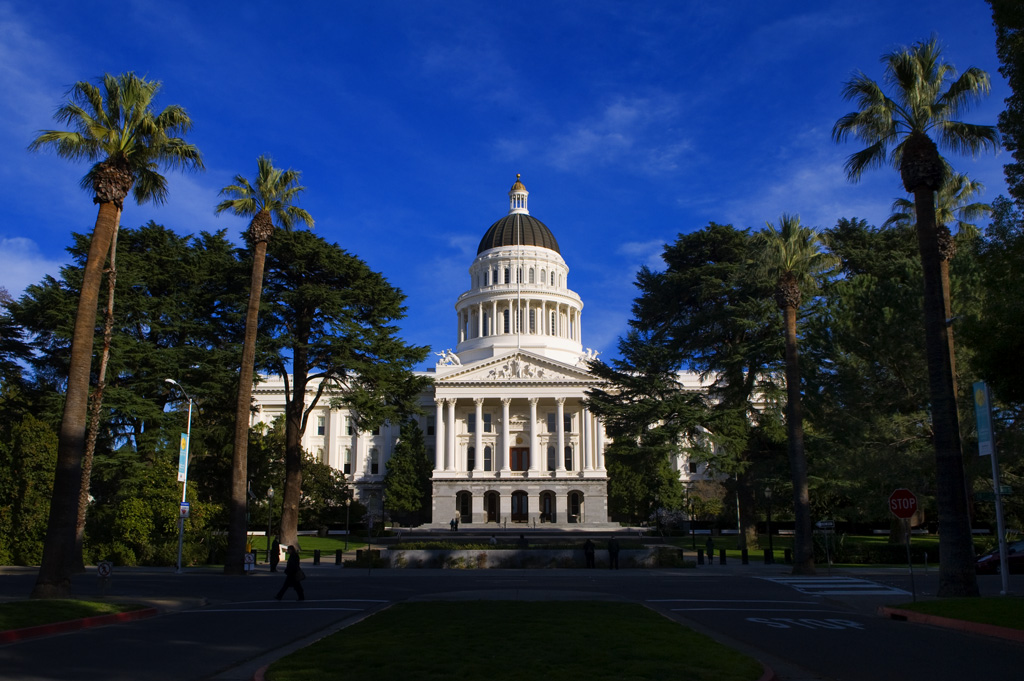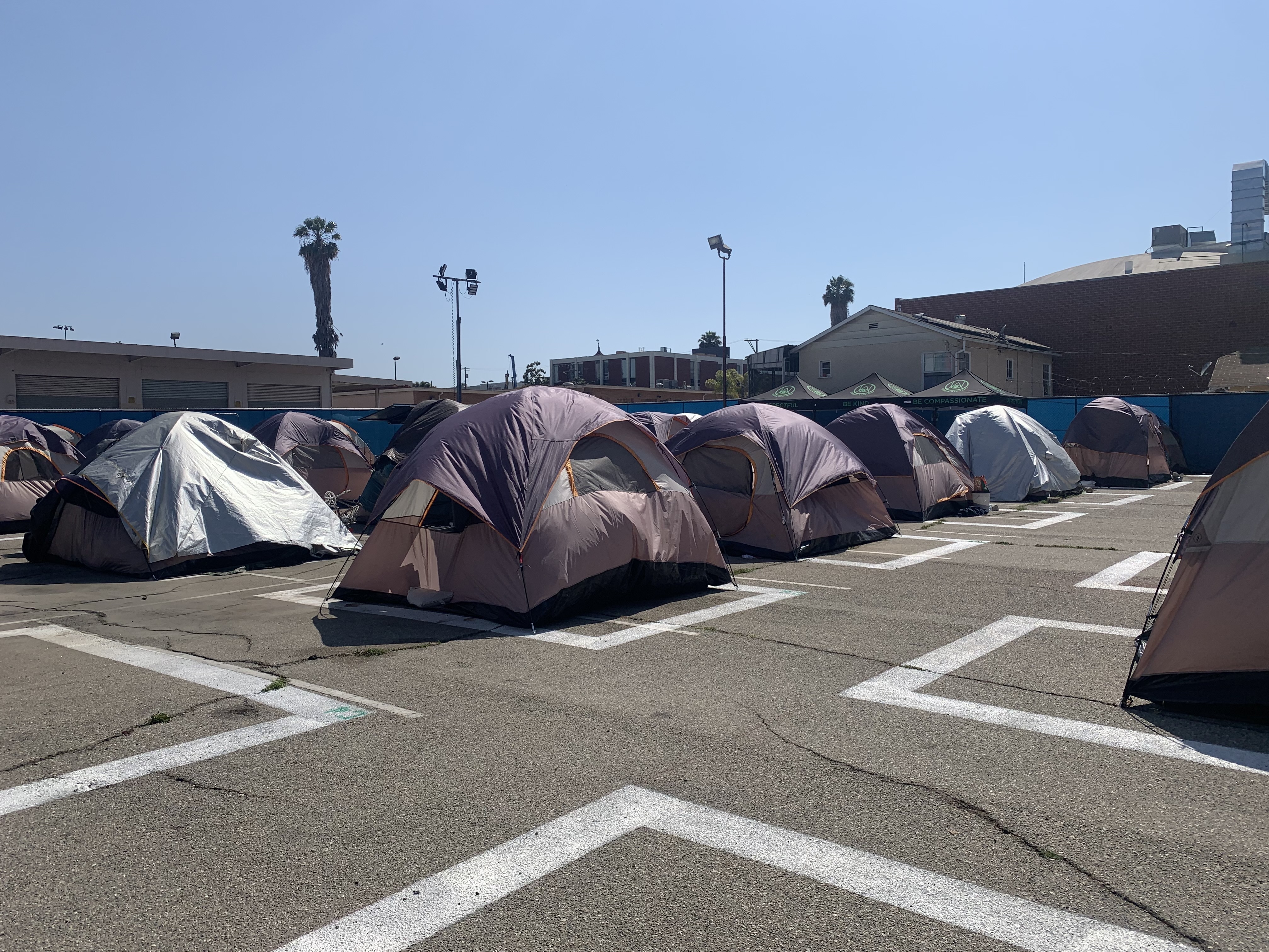CEQA Faces Historic Rollback
In a shocking move, California leaders have rolled back the California Environmental Quality Act (CEQA), a law that has stood as a national symbol of environmental protection for over fifty years. This decision comes amid a housing crisis that has left millions struggling to find affordable shelter, raising profound questions about the balance between environmental integrity and the urgent need for housing. Governor Gavin Newsom, amid bipartisan support, signed two bills that enable development projects to bypass the rigorous environmental reviews that have historically safeguarded California’s landscapes and communities.
Housing Needs Ignored
The housing crisis in California has reached a critical juncture, with nearly 40 million residents facing skyrocketing costs and rampant homelessness. As reported by Governor Newsom, the state recognized that bureaucratic hurdles tied to CEQA have severely hampered construction efforts. In choosing to prioritize immediate housing needs over long-term environmental protections, the state has sent a clear message: the urgency of shelter is overshadowing the imperative to protect our ecosystems.

California State Capitol Building Map at Hector Myers blog
Environmentalists Speak Out
Environmental advocates are understandably outraged. For decades, CEQA has been a crucial tool for activists fighting against harmful developments that threaten air quality, water resources, and community health. Critics argue that this rollback undermines the very foundations of California’s environmental ethos, enabling unchecked development that could lead to irreversible damage. The backlash is palpable, with activists stating that the state’s decision reflects a dangerous precedent where economic pressures eclipse ecological responsibilities.
Political Implications of the Decision
This legislative shift raises significant political implications. Governor Newsom himself acknowledged the potential loss of public trust in leadership, stating, "If we can’t address this issue, we’re going to lose trust, and that’s just the truth.” This admission highlights the precarious position of California Democrats, who are now attempting to navigate the treacherous waters of public sentiment amidst a housing crisis and a climate emergency. The decision reveals a fracture within the party, as progressive lawmakers grapple with maintaining their environmental commitments while responding to pressing social needs.

High Cost Of Los Angeles Homeless Camp Raises Eyebrows And ...
Consequences for Future Development
The long-term consequences of this decision could be severe. By enabling developers to bypass environmental reviews, California risks paving the way for a wave of construction that prioritizes profit over sustainability. As noted in research by the California Environmental Quality Act, the essence of CEQA lies in its ability to ensure that significant environmental impacts are considered. This rollback not only jeopardizes California’s environmental legacy but also could set a dangerous precedent for other states facing similar housing challenges.
As the state moves forward, the implications for marginalized communities could be dire. Low-income neighborhoods often bear the brunt of environmental degradation, and with fewer protections in place, the risk of gentrification and displacement increases. The intersection of housing and environmental justice becomes crucial here, as those who are already vulnerable may find themselves further marginalized.


![[Video] Hayli Gubbi volcano in Ethiopia erupts for first time in thousands of years](/_next/image?url=%2Fapi%2Fimage%2Fthumbnails%2Fthumbnail-1763974873320-6wjm4c-thumbnail.jpg&w=3840&q=75)
![[Video] Ethiopia's Hayli Gubbi volcano erupts for first time in 10,000 years](/_next/image?url=%2Fapi%2Fimage%2Fthumbnails%2Fthumbnail-1763962878020-1g659v-thumbnail.jpg&w=3840&q=75)


![[Video] Ukrainian An-124 Cargo Plane Lands in Israel for Unspecified Load](/_next/image?url=%2Fapi%2Fimage%2Fthumbnails%2Fthumbnail-1764420658156-36b0b4-thumbnail.jpg&w=3840&q=75)
![[Video] Ukrainian Sea Baby Drones Disable Two Russian Tankers in Black Sea](/_next/image?url=%2Fapi%2Fimage%2Fthumbnails%2Fthumbnail-1764420086294-elzana-thumbnail.jpg&w=3840&q=75)
